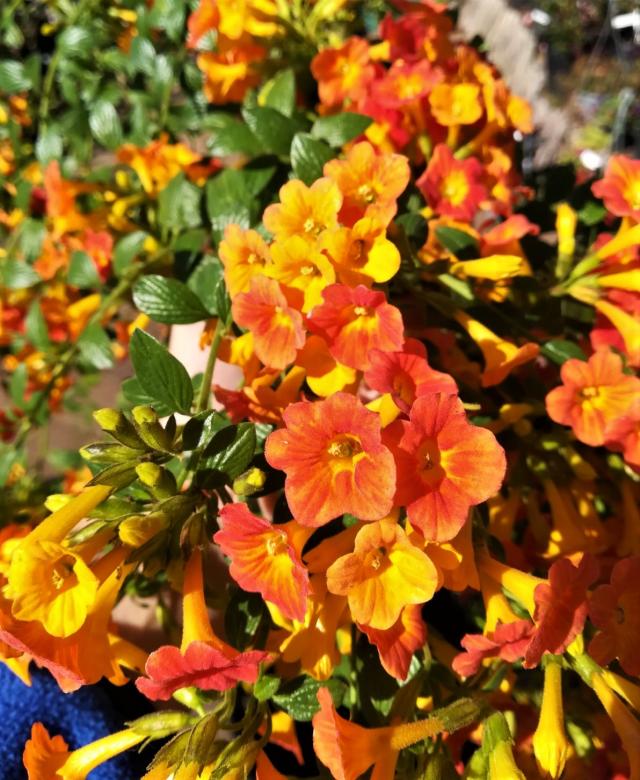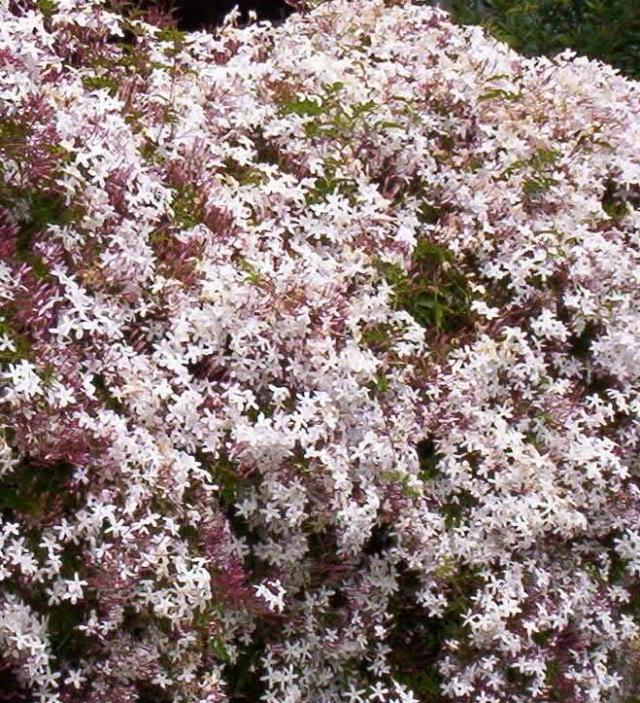July has started with a bang for many of gardeners with perfect weather to be in the garden.
Winter months are lazy months in the garden but watering is still important.
Watering your garden during July should be done in the morning if possible.
This will give the ground a chance to warm up and the foliage to dry off before nightfall and less chance of developing fungus and disease problems.
Your expectations for glorious blossoms on your shrubs, plants and bulbs in the spring will not be met unless you are consistent in your watering now.
Many plants resent long dry spells and show poor results in the spring.
While your garden will only need about 1/4 of the water it needs during summer but it will still make a difference!
On the positive side of gardening or for those planning new gardens.
July is always good to look around for winter-flowering shrubs, groundcovers and climbers, for future garden colour features.
The simple use of a creeper such as Pyrostegia ignea, or Golden Trumpet Vine, on a fence or trellis can brighten a garden during the drabbest time of the year for most gardens.
For those people who prefer bright splashes of colour, maybe the planting of Euphorbia pulcherrima, or Poinsettia, is a suggestion.
There are a number of great flowering creepers, shrubs and groundcovers that would be Winter flowering addition to your garden.
Gaura lindheimeri Snow white is a compact selection of the popular white butterfly bush, growing less than one metre high and half a metre wide.
This drought-hardy shrub will provide an abundance of pure white butterfly flowers from spring to autumn every year.
Ixora williamsii would be one of the most popular and hardy Ixoras available to local gardeners.
This prolific flowering shrub has magnificent bright red heads of flowers.
Ixora williamsii is a large evergreen shrub with dark glossy green foliage will grow up to 2m in most well drained soils.
It will make an excellent screen plant or feature plant for a tropical garden.
Jasminum polyanthum is a richly fragrant, hardy evergreen climber, with a vigorous, twining habit.
It has small leaves and its large clusters of pink buds open to highly perfumed white star shaped flowers in late winter and spring.
It will grow in most soils in full sun or part shade and is also suitable for windy sites and is usually frost resistant.
Melaleuca symphyocarpa is one of the most unusual of all of Australia’s paperbarks.
In its natural conditions, it will grow upwards of 6m high, but in a normal garden situation, it is a rather wiry, sparse shrub growing to around 2.5m high, best positioned at the rear of a large garden.
However, between May and August, this shrub redeems itself by producing a unique display of pom pom-shaped, bottlebrush-type flowers.
I know of four specimens of these plants growing in Rockhampton, one of which is orange in colour, not the common red.
I have also been told of a yellow flowering of a yellow flowering variety, but have never seen one.
Also looking great and making a floral impact are shrubs like the Streptosolen jamesonii or Orange Browallia.
This evergreen small shrub can grow to 1m high with masses of orange yellow flowers in clusters all over the bush during winter and spring.
It likes both sunny and semi-shaded positions.
These are just a few of the blooming great plants that could change your bleak drab garden into a winter wonder.
Next you will be able to fertilise your winter and spring flowering annuals with a water-soluble fertiliser like Charlie Carp and fertilise the vegetables in the garden with an organic fertiliser like Blood and Bone.
Blood and Bone can be used for most shrubs is the garden during July and August.
But it is good practice to add some potassium to the fertiliser mix.
Finally how are you Grapes looking did you know that July is best to prune your Grape Vines.
As Grapes are produced on new wood so there is a need for heavy pruning.
Either the second growth bud above each cane’s junction with the main lateral trunk.













